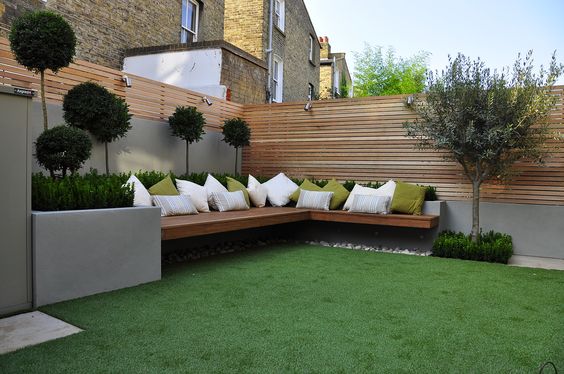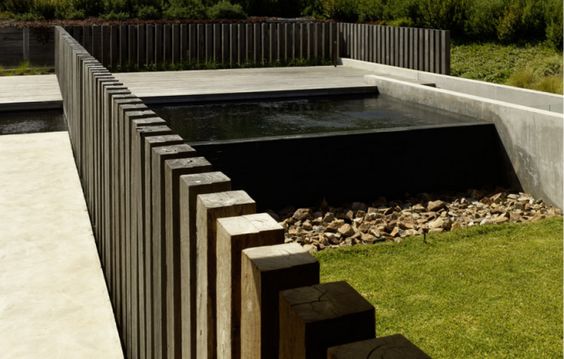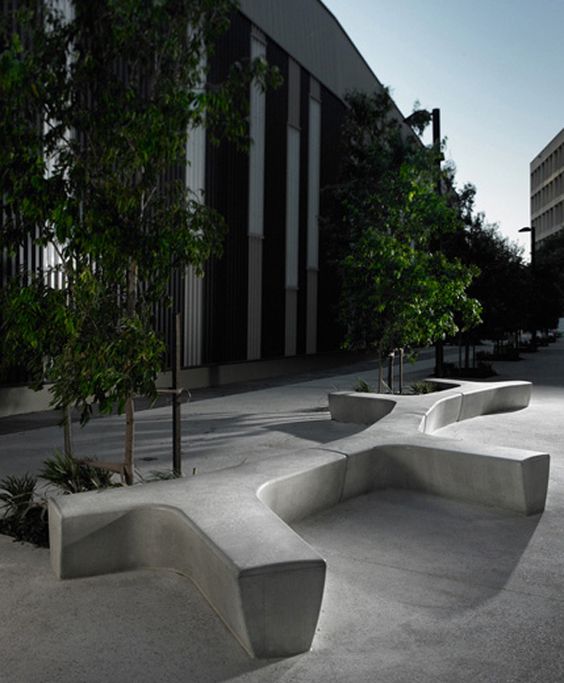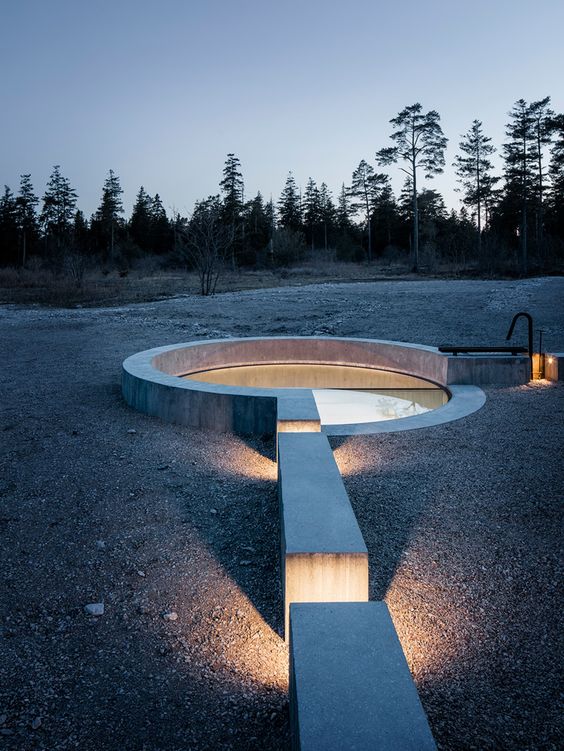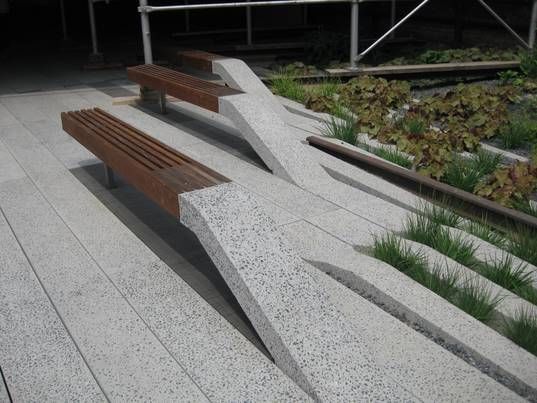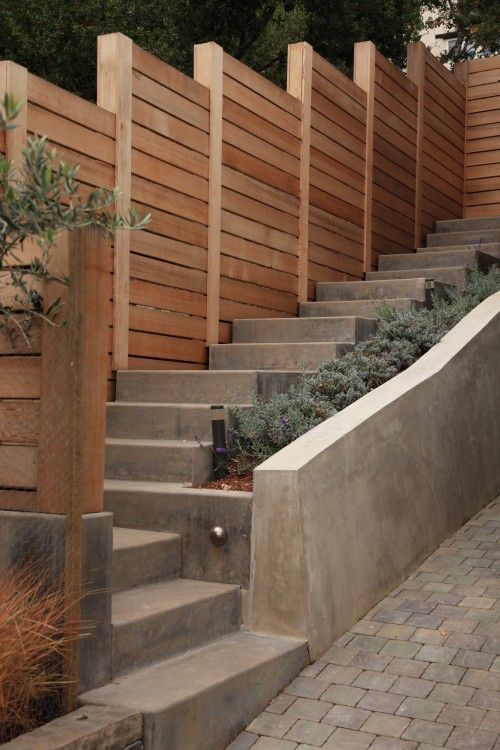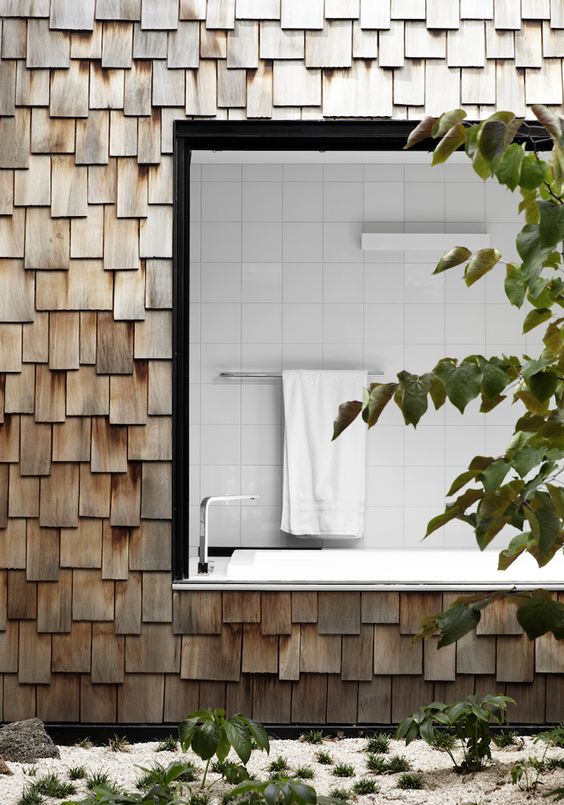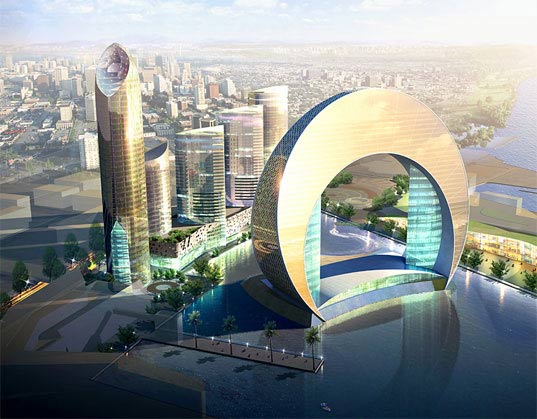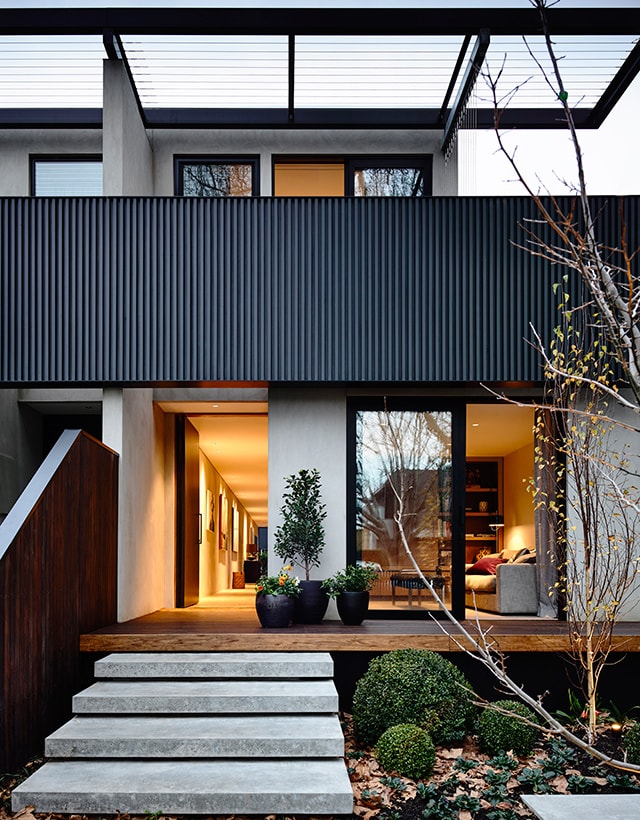21 Genius Ways People Are Using Concrete Barriers
Concrete barriers. Ubiquitous. Innocuous. Versatile. Most of us walk past them every day without thinking twice, not appreciating these simple engineering features as the societal building blocks they are.
Here are 21 ways in which the humble concrete barrier can be used creatively, practically and cost-effectively.
Concrete barriers for protection
Construction work
Probably the place where we see concrete barriers used the most is when heavy machinery needs to be kept away from active roadways or pedestrian walkways. They might not be the most attractive way of keeping walkways and roads separate, but they are highly effective. Have a look at Todoos barriers to get an idea of how they look like and their properties.
Music festivals
Music festivals are a prime example of where robust barriers can do their best work. Used around the perimeter of the site and along busy vehicle entrances and exits, concrete barriers make it difficult to “accidentally” wander into an event ground keep distracted festival-goers from walking into unexpected traffic. Next time you’re at a concert, keep an eye out for the hard-working stage barriers, too.
Christmas markets
Security has become an increasing concern at all large events with vulnerable pedestrians. Christmas markets and street parties often spill out onto roads, so installing temporary concrete barriers prevents accidental (or, unfortunately, deliberate) collisions.
Concrete barriers as security
General trespassing
When it’s not obvious that a parcel of land is private, using concrete barriers on the perimeter is a way of making it clearer to unknowing trespassers.
Fly tipping
Concrete barriers also serve to stop unauthorised traffic from accessing property. Placed across access points, they are particularly useful for sites that are vulnerable to commercial fly-tipping, as vans and lorries will not be able to pass.
Traveller encampments
Open spaces can attract temporary, unwanted guests. If a car or van cannot get through a chain of concrete blocks, nor can a caravan.
“By using blocks such as TVCBs, Jersey barriers or Malta Lego Blocks across the entrance to your site or around its perimeter, you can create a robust barrier that vehicles cannot get through.” (Maltaward)
Concrete barriers for support
Holding down gazebos
Concrete barriers aren’t just there to keep people out – they are great at holding things down, too!
Festival tents and Marquees
Placed at strategic points, concrete blocks can easily keep a large structure secure, even in adverse weather.
Hoardings
They’re not just for tents – hoardings and temporary billboards can be strengthened and secured with a little help from stacked concrete barriers.
Concrete barriers in the urban landscape
Car park barriers
Look around and you’ll soon notice that concrete blocks are used for all kinds of things around our towns and cities. Placed around parking areas, they can stop drivers from parking dangerously close to a building or steep drop.
Benches
Used as a base for public seating, concrete blocks are fairly difficult to steal or damage. They can also protect pedestrians from rogue vehicles.
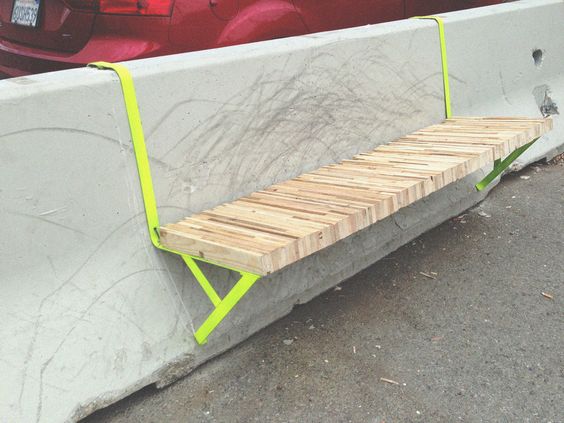
Garden features
Concrete is increasingly featured in recreational public spaces as a way of blending urban development and nature. We’re not saying it always works!
Concrete barriers as a design statement
Tables
It’s not just public spaces that embrace concrete blocks for furniture. Mixed with wood or glass, they make for sturdy, quirky tables.
Shelves
Small concrete blocks with planks of wood stretching between them is basically a staple of industrial-chic home design.
Canvas for artwork
If it’s good enough for Banksy, it’s good enough for us!
Concrete barriers for fun
Race tracks
Concrete (softened with a layer of tyres) is often used to keep go-karts and race cars from crashing into each other. Obviously, the faster the vehicles, the more padding you will need to prevent injury to the drivers.
Concrete mazes
Maize mazes and hay bale mazes are seasonal – stacking concrete blocks and dressing them is a way to keep guests lost all year round!
Skate park features
Skaters need a variety of surfaces and obstacles to practice their skills, but they need to be pretty durable. Concrete blocks are a common feature in skateparks around the world.
Concrete barriers for keeping things in
Earth retaining walls
You might notice concrete barriers used on mountain roads or coastal routes where there is a risk of landslides. Stacking blocks in a row can keep the road clear if earth or snow begins to move towards it.
Grain barriers
Interlocking concrete barriers can provide a sturdy, weatherproof wall as storage for almost anything. Farmers frequently use them as temporary barriers for grain and hay harvests.
Garages and barns
In fact, with a little bit of engineering, concrete blocks can be used as giant bricks for almost anything. Barns, garages and other storage units can be constructed with the help of a sturdy forklift – just add a roof and doors.
Concrete barriers for no-nonsense walls
Flood defences
With the right construction, a wall of concrete barriers is impenetrable. Coastal towns and regions that regularly suffer from flooding often use them as protection from high-risk waterways, putting a robust barrier between themselves and the water.
Berlin wall
One of the most famous walls of all time was made from sections of concrete (although it was not made from concrete blocks the whole way along). Although it was torn down in 1990, tourists can still buy a piece of the structure that divided the centre of Berlin (or at least, they think they can).
Mexican wall
The modern-day Berlin equivalent might just be the wall that President Trump is having built across the border of Mexico. However, news about it does seem to have gotten very quiet, and much of the wall is actually made up of wooden fences and sensors – with no long-term barrier in place (yet).


